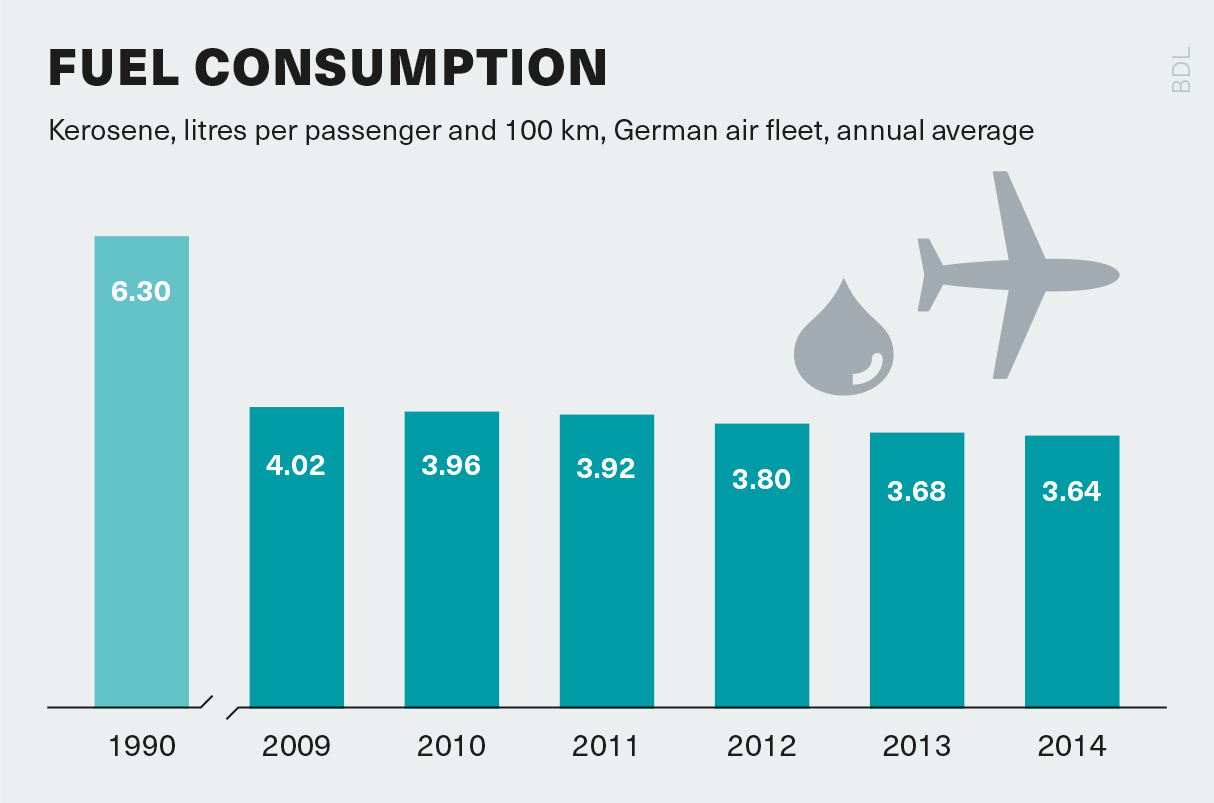

Fuel consumption full#
In addition to the full report, MPP has also published infographics and an executive summary. This research builds on the work of other aviation organizations that have already announced initiatives to reduce emissions. The MPP, led by the Energy Transitions Commission, Rocky Mountain Institute, We Mean Business, and the World Economic Forum, in conjunction with McKinsey & Company as a knowledge partner, recently released findings on decarbonizing aviation in a report titled Making net zero aviation possible. Since a plug-in can operate on electricity alone, gasoline alone, or a mixture of the two, EPA provides a fuel economy estimate for gasoline-only operation and an estimate for electric-only or gas-and-electric operation-both for combined city-highway driving.The Mission Possible Partnership (MPP), an alliance of climate leaders, was created to supercharge decarbonization of seven of the hardest-to-abate industries: aviation, shipping and trucking, steel, aluminum, cement/concrete, and chemicals manufacturing. They can be fueled solely with gasoline but will not achieve maximum range or fuel economy without charging.Įstimating Fuel Economy. However, these vehicles don't have to be plugged in.

A "fast charge" to 80% capacity may take as little as 30 minutes. Re-charging using a 240-volt home or public charger can take about 1 to 4 hours. Re-charging using a 120-volt household outlet can take several hours. Federal tax incentives up to $7,500 are currently available for qualifying plug-ins. It depends on the vehicle, the share of miles operating on electricity, fuel costs, and ownership length. However, fuel savings may or may not offset the higher vehicle cost. Using electricity is usually cheaper than using gasoline, sometimes much cheaper. A plug-in hybrid can cost roughly $4 to $8 thousand more than a comparable non-plug-in hybrid. For example, nuclear and hydroelectric plants are cleaner than coal-fired power plants. However, the amount generated depends partly on how the electricity is produced. Plug-in hybrids typically emit less greenhouse gas than conventional vehicles. Since electricity is produced mostly from domestic resources, plug-in hybrids reduce oil dependence. Plug-in hybrids use roughly 30% to 60% less petroleum than conventional vehicles. PHEV fuel economy can be sensitive to driving style, driving conditions, and accessory use. Some plug-in hybrids have higher-capacity batteries and can go further on electricity than others. Electric-only operation usually occurs only at low speeds. Both the engine and electric motor are connected to the wheels and propel the vehicle under most driving conditions. For short trips, these vehicles might use no gasoline at all. The gasoline engine then generates electricity to power the electric motor.
Fuel consumption series#
Series plug-ins can run solely on electricity until the battery runs down. The gasoline engine only generates electricity. Only the electric motor turns the wheels. Series plug-in hybrids, also called Extended Range Electric Vehicles (EREVs). There are two basic plug-in hybrid configurations: They can store enough electricity to significantly reduce their petroleum use under typical driving conditions. Plug-in hybrids, sometimes called Plug-in Hybrid-Electric Vehicles (PHEVs), are hybrids with high-capacity batteries that can be charged by plugging them into an electrical outlet or charging station. A quick guide to the different kinds of hybrids and electric vehicles.


 0 kommentar(er)
0 kommentar(er)
